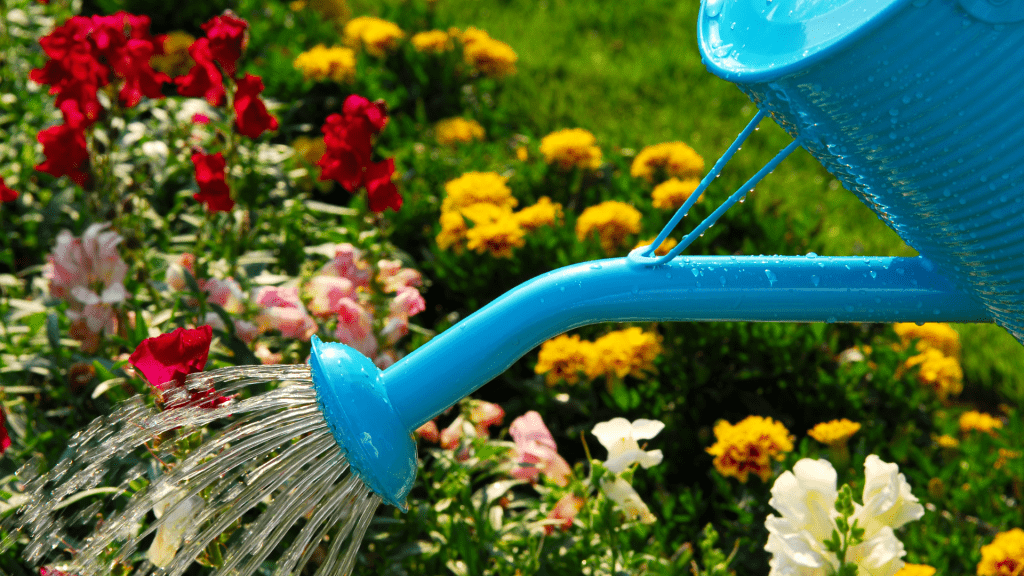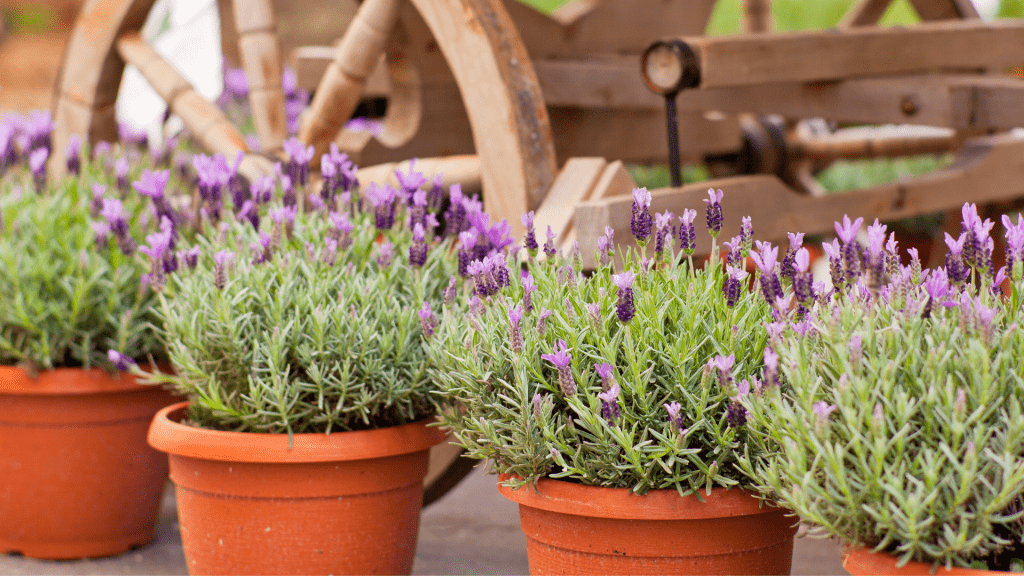9 Best Practices for Conserving Water in Your GardenUpdated 5 days ago
Conserving water is becoming increasingly important, especially in the UK, where around 60% of households in England (including void properties) are metered, according to Gov.UK. While maintaining a lush, green garden may seem challenging in light of this, several strategies can help you achieve a vibrant garden without wasting water. Here are some practical tips to help you conserve water while keeping your garden thriving.

1. Rainwater Harvesting
Collecting rainwater is one of the most effective ways to conserve water. You can install water butts or rain barrels to capture rainwater from your roof. This stored water is ideal for watering your plants, as it is free from the chemicals found in tap water. Using rainwater reduces your reliance on the main supply and lowers your water bills.

2. Mulching
Mulching involves covering the soil with organic material, such as wood chips, straw, or compost. This helps retain moisture in the soil by reducing evaporation. Additionally, mulch can suppress weeds and improve soil health, creating a more favourable environment for your plants. Learn more about mulching here.

3. Water at the Right Time
Timing is crucial when it comes to watering your garden. The best times to water are early morning or late evening when temperatures are more relaxed and evaporation rates are lower. This ensures that more water reaches the roots of your plants rather than being lost to evaporation.
4. Use the Right Amount of Water
Overwatering can be just as detrimental as underwatering. Understanding different plants’ water needs and adjusting your watering habits is essential. A moisture meter can help determine when your plants need water, preventing unnecessary wastage.
5. Plant Flowers That Need Less Water
Choosing drought-tolerant plants is a smart way to reduce water usage in your garden. Many beautiful flowers, such as lavender, sedum, and yarrow, require less water and can thrive in dry conditions. Incorporating these plants into your garden design can help you maintain a stunning garden with minimal water.

6. Use the Right Watering Technique for Your Plants
Different plants have different watering needs, and using the proper technique can make a significant difference. For instance, some plants prefer deep, infrequent watering, while others thrive with shallow, frequent watering. Understanding and catering to these needs ensures that your plants receive the optimal amount of water. To learn more about different watering techniques, read our article here.
7. Make Use of Greywater
Greywater is the relatively clean waste water from baths, sinks, washing machines, and other kitchen appliances. With proper treatment and filtration, greywater can be reused for watering your garden. This not only conserves fresh water but also reduces the amount of wastewater entering the sewage system.
8. Use Drip Irrigation
Drip irrigation systems deliver water directly to the base of plants, minimizing water loss due to evaporation and runoff. This highly efficient method ensures that water is delivered precisely where needed, promoting healthier plant growth while conserving water.

9. Capture Drips from Hanging Baskets
Placing a plant pot under any hanging basket is an easy and effective way to conserve water. This allows the lower plants to benefit from any excess water that drips down, ensuring no water goes to waste.
Conclusion
By implementing these techniques, you can enjoy a green and thriving garden while conserving water. Not only will you be contributing to the environment, but you’ll also potentially lower your water bills and create a sustainable garden that flourishes with minimal water.